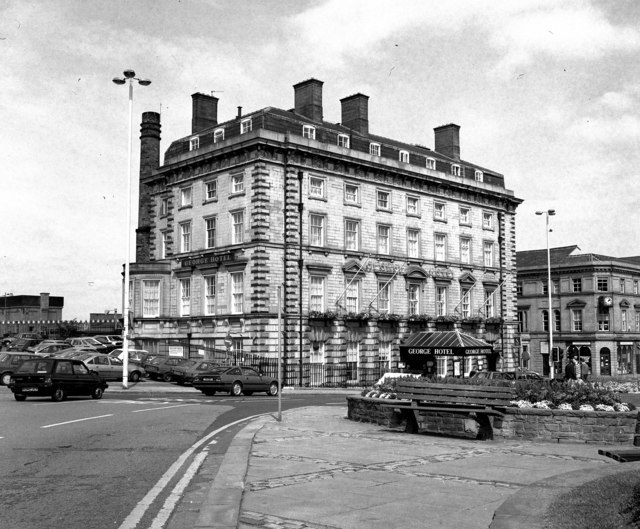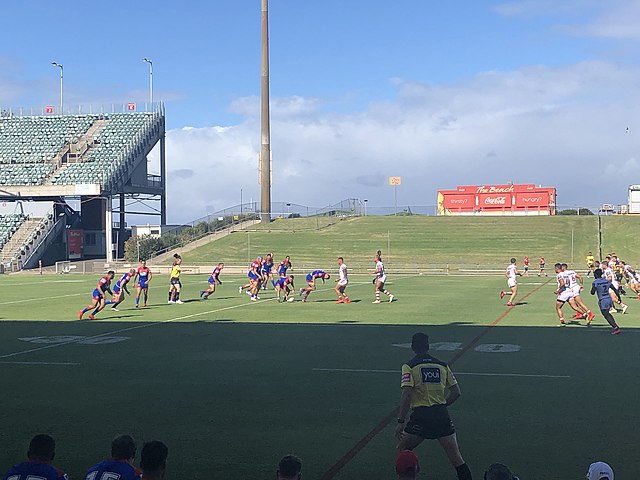Tag rugby, Flag rugby or Rippa rugby is a non-contact team game in which each player wears a belt that has two velcro tags attached to it, or shorts with velcro patches. The mode of play is based on rugby league with many similarities to touch football, although tag rugby is often deemed a closer simulation of full contact rugby league than touch. Attacking players attempt to dodge, evade and pass a rugby ball while defenders attempt to prevent them scoring by "tagging" – pulling a velcro attached tag from the ball carrier, rather than a full contact tackle. Tag rugby is used in development and training by both rugby league and rugby union communities.
Tag-rugby belt
Tag rugby
Rugby league football, commonly known as rugby league in English-speaking countries and rugby XIII in non-Anglophone Europe and South America, and referred to colloquially as rugby, football, footy or league in its heartlands, is a full-contact sport played by two teams of thirteen players on a rectangular field measuring 68 m (74 yd) wide and 112–122 m (122–133 yd) long with H-shaped posts at both ends. It is one of the two major codes of rugby football, the other being rugby union. It originated in 1895 in Huddersfield, Yorkshire, England, as the result of a split from the Rugby Football Union (RFU) over the issue of payments to players. The rules of the game governed by the new Northern Rugby Football Union progressively changed from those of the RFU with the specific aim of producing a faster and more entertaining game to appeal to spectators, on whose income the new organisation and its members depended.
An attacking player attempts to evade two defenders.
George Hotel, Huddersfield, the birthplace of rugby league
The first ever Challenge Cup Final, 1897: Batley (left) vs St Helens (right)
A typical game of rugby league being played






